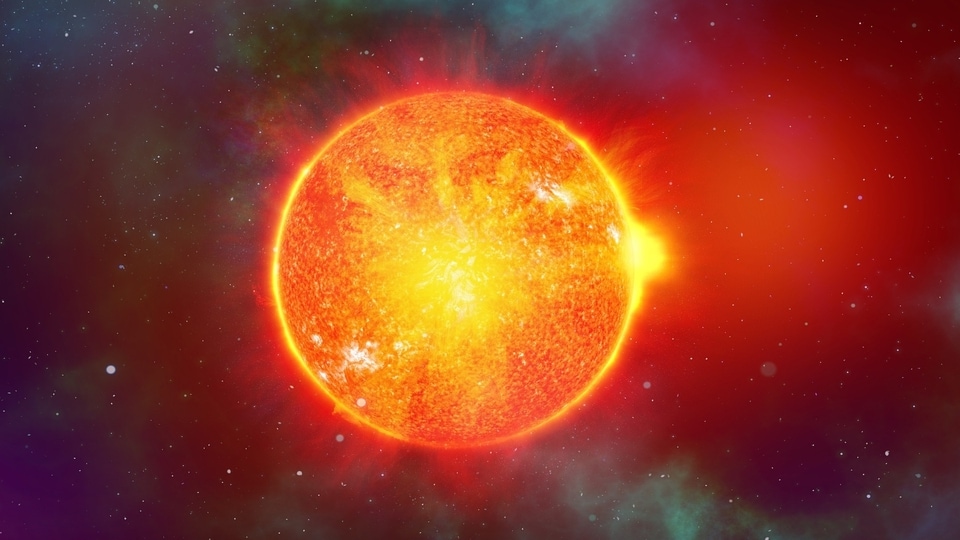
Understanding Solar Storms and Their Impact on Earth
Introduction: The sun, our closest star, constantly releases energy and particles into space. At times, these releases can result in a phenomenon known as a solar storm. In recent days, reports have emerged of a massive hole on the sun's surface and the likelihood of a solar storm hitting the Earth. In this article, we will explore what solar storms are, their impact on Earth, and how we can prepare for them.
What is a Solar Storm? A solar storm is a sudden release of energy and particles from the sun's atmosphere. These events occur when magnetic fields on the sun's surface become twisted and stretched, eventually snapping and releasing huge bursts of plasma and radiation into space. There are several types of solar storms, including solar flares, coronal mass ejections, and coronal holes.
Also Read:- How to See the Northern Lights in March 2023
- The Controversy Surrounding Resident Evil 4 Remake Costumes
The Dangers of Solar Storms: While solar storms can be a beautiful sight to behold, they can also be extremely dangerous. When the energy and particles from a solar storm reach the Earth's atmosphere, they can interfere with our communication systems, power grids, and satellites. The charged particles can also cause damage to spacecraft and pose a risk to astronauts in space. In addition, the radiation from solar storms can be harmful to humans and other living organisms.
The Recent Solar Storm Warnings: In recent days, reports have emerged of a massive hole on the sun's surface and the likelihood of a solar storm hitting the Earth. According to the National Oceanic and Atmospheric Administration (NOAA), a G2-class geomagnetic storm is expected to hit the Earth on March 24, 2023. The storm is expected to cause minor disruptions to power grids and communication systems in some areas. In addition, the storm could lead to some spectacular auroras in the night sky.
Preparing for Solar Storms: While we cannot prevent solar storms from happening, we can take steps to minimize their impact. One of the most important steps is to develop robust space weather forecasting systems that can provide advance warning of incoming storms. This can help us prepare our communication systems, power grids, and other critical infrastructure. In addition, we can develop strategies to protect spacecraft and astronauts from the effects of solar radiation. This includes developing new materials that can shield against radiation and designing spacecraft that can quickly move to safer orbits during a solar storm.
Solar storms are a natural phenomenon that can have a significant impact on our daily lives. While we cannot prevent solar storms from happening, we can take steps to minimize their impact. By developing robust forecasting systems and implementing protective measures, we can prepare for the next solar storm and minimize its impact on our communication systems, power grids, and critical infrastructure.
Read More:- Destiny 2 Exotic Bugs and Glitches: Khepri's Sting, Two-Tailed Fox, and Commendations Page Crashing
- TikTok CEO Testifies Before US Congress and Addresses India's Ban
That's it for this article.
Thanks for Visiting Us – fixyanet.com


0 Comments